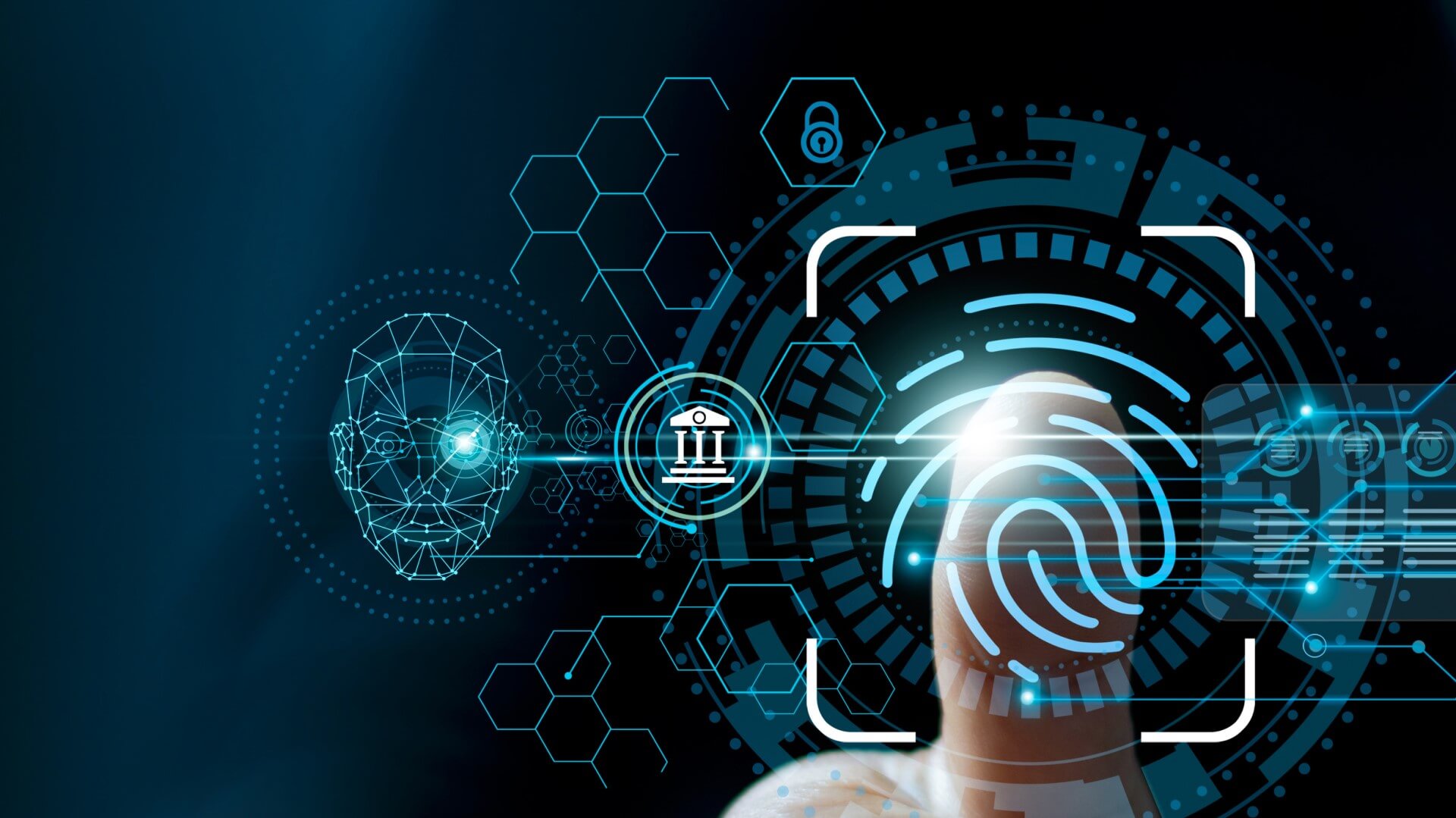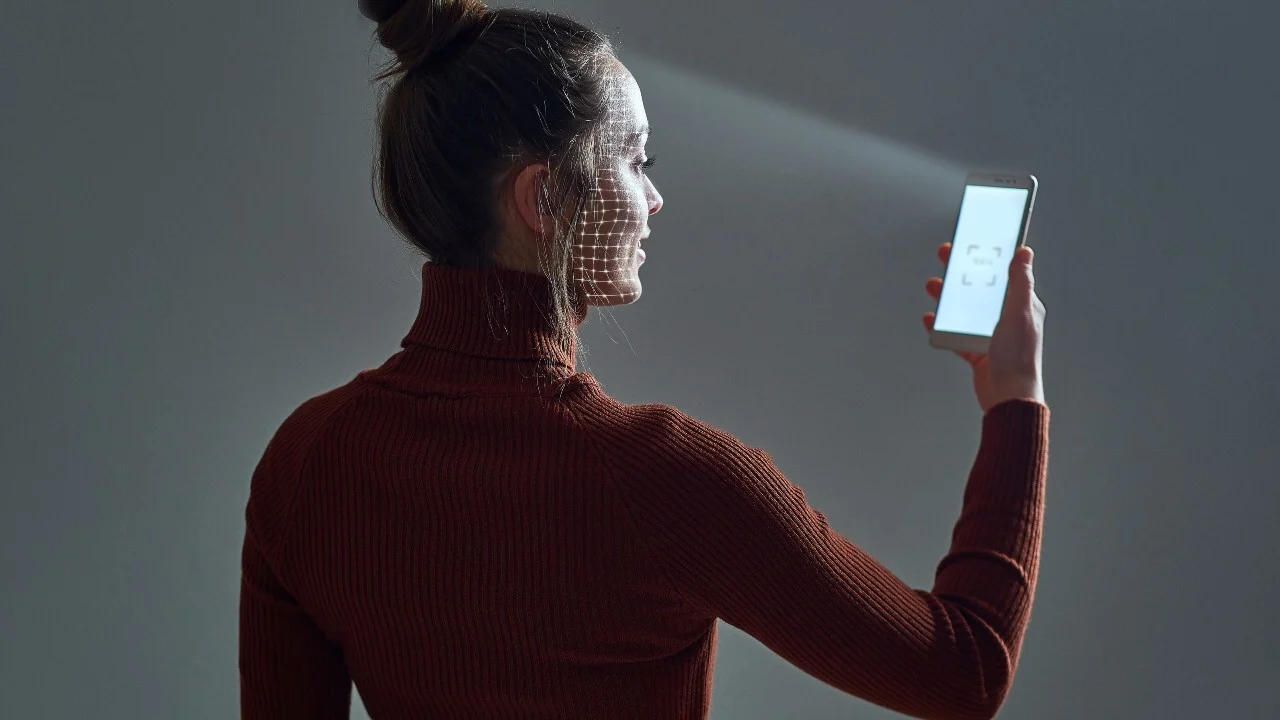
Biometric Authentication in Digital payments
It provides peace of mind and allows individuals to engage in various activities without constant worry. In the realm of digital payments, security plays a critical role in building trust between buyers and sellers. To keep on with the ongoing demands for improved security, it is changing every day!
So how does it work ?
Biometric authentication in digital payments verifies a user's identity using unique biological traits like fingerprints or facial features. Once enrolled, users can authenticate transactions by matching their biometrics with stored templates, offering heightened security and convenience without the need for passwords. This individualized approach has strengthened digital payment security and simplified the e-commerce process.
The first example of biometric authentication can be tracked to the Ancient Babylonians use of fingerprints for identity verification. They are believed to have used fingerprintson clay tablets for business transactions as far back as 500 BCE. However, in today's context Apple's iPhone 5s, released in 2013, was one of the first smartphones to use fingerprint recognition as a secure method for unlocking the device and authorizing purchases through Apple's ecosystem. Apple branded this feature as "Touch ID."

How is it developing in recent times ?
In recent times, the technology is developing every day. Recent examples in the last few years include, Face id, voice recignition, and iris scanning. In the future, examples of other types of biometirc authentication can include: Behavioral biometrics, Palm vein recognition, Heartbeat recognition and brainwave biometrics. Ongoing research and innovation are expected to drive further advancements, making biometric authentication even more secure and versatile in the future.
0 Comments